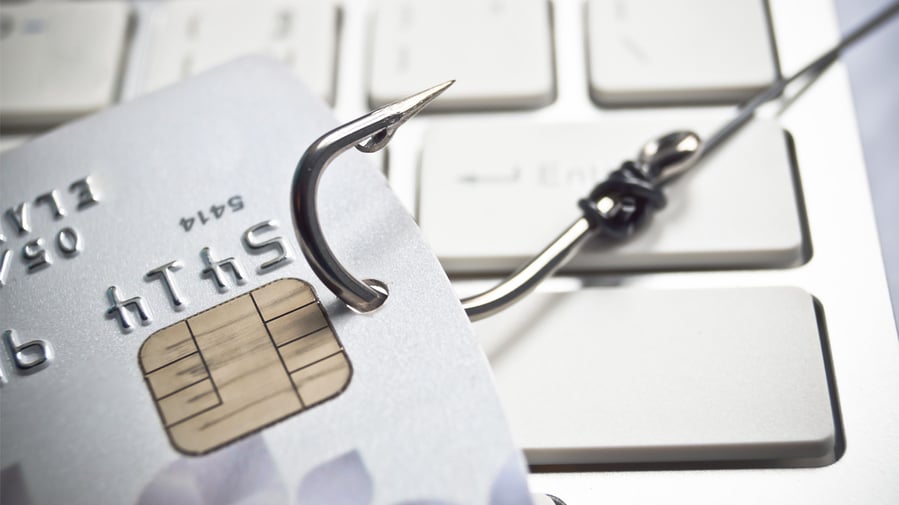
5 Tips for Spotting Fraud in Your Credit
The holiday shopping season is prime time for fraudsters with so many transactions.
Here are some scary stats:
- Identity theft more than doubled from 2019 to 2020, according to the Federal Trade Commission.
- The average amount lost by victims of fraudulent charges is $780, according to Cybersource.
- 41% of all identity theft cases involve credit card fraud, according to Precise Security.
- 17% of fraud cases involve debit cards, according to Intuit.
Levo Credit Union put together a “naughty list” with 5 ways to spot credit card fraud over the holidays – and all year round.
|
Small Transactions: | One way that credit card thieves stay under the radar is by making small, $10-or-less charges against your credit limit. Particularly during busy shopping seasons, pay close attention to each charge! |
| Unexpected Declines: | Credit card fraudsters can move fast – if you get declined at the register or on checkout, you may have encountered fraud. If the decline is unexpected, check your transactions and contact your card provider ASAP. | |
| Unplanned Deliveries: | A careless fraudster might hack an online retail account but forget to change the default address. If you receive merchandise to your home that you didn’t purchase, check for fraudulent activity. | |
| Unprovoked Debts: | Another surefire sign your credit card may have been stolen is getting contacted by debt collectors for charges you never made. Pay close attention to the details of the debt and contact your card provider to clear up the fraudulent charges. | |
| Credit Score Dings: | You’re entitled to pull a credit score from reporting agencies on an annual basis—if you suspect potential fraud, check your score. Any decrease in your score you can’t trace to your own activity is worth disputing. |
For more smart credit card shopping tips, see our blog on the topic:

 605-334-2471
605-334-2471


